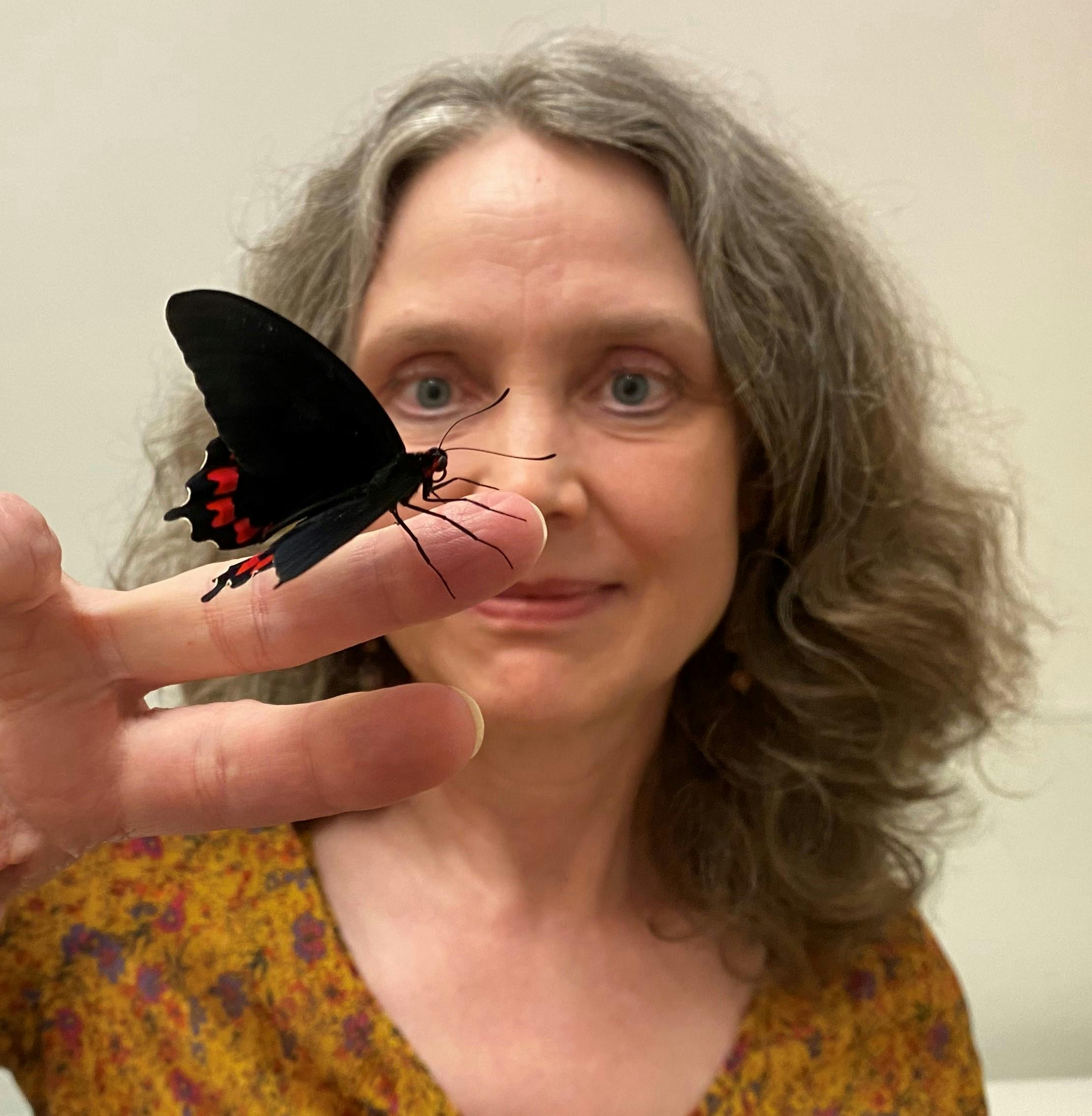Pollinator Pathways: Rewilding Boulder Landscapes
Can Cities Save Bees?
New research indicates, that yes, cities can play an important role by providing habitat for native pollinators. What do pollinators need to thrive in urban areas? Pollinators need a healthy diet – pollen and nectar from a variety of local native plants that bloom from spring to fall, they need water, nesting sites, and crucially important, they need non-toxic, pesticide-free spaces. This five-minute video from the city’s partner, the Xerces Society, provides an excellent overview of the steps we can take to help pollinators.
yes, cities can play an important role by providing habitat for native pollinators. What do pollinators need to thrive in urban areas? Pollinators need a healthy diet – pollen and nectar from a variety of local native plants that bloom from spring to fall, they need water, nesting sites, and crucially important, they need non-toxic, pesticide-free spaces. This five-minute video from the city’s partner, the Xerces Society, provides an excellent overview of the steps we can take to help pollinators.
What can we do?
We can actually do a lot that can make a big difference.
We can stop using lawn chemicals. Many people are using insecticides that are the most toxic to pollinators, the neonicotinoids, without realizing it. Avoid applying products to your ornamental plants to control insect pests, particularly these products that contain neonicotinoids. Avoid mosquito control treatments in your yard. They use broad-spectrum, neurotoxic insecticides that hurt pollinators. Manage your lawn organically. This step-by-step guide shows you how. Getting these toxics out of our yards not only protects pollinators, but it also protects our families and pets, keeps toxic runoff out of our waterways and restores healthy soils in our yards that can then store more carbon and water as a natural solution to climate change!
Grow native plants. Pesticide-free native plant habitat is crucial to supporting pollinators, birds and other wildlife. Why native plants? Native plants are perfectly adapted to our local climate, are resistant to pests and need little water or care after they’re established. The 550 species of native bees in Boulder County, butterflies, beetles and other native pollinators and wildlife evolved with local native plants. Some native bees are specialists and can only use pollen or nectar from certain native plants. And many native plants need native pollinators to produce seed and reproduce.
Habitat fragmentation keeps insects and wildlife from moving between habitat patches. How do we address this issue? This is where a community-wide effort comes in. Every patch of native plants that each of us grows in our yards, schools, businesses, and public spaces adds up, and working together, we can transform our city to support life by creating pathways of connected habitat.
An exciting first step – Boulder’s first pollinator corridor
The Goss-Grove neighborhood is currently building and planning the city’s first pollinator pathway neighborhood by installing native plant habitat and by neighbors working together to learn how to successfully garden with native plants. Naropa University, University of Colorado family housing, Boulder Housing Partners, and the city are working together to develop the plans and tools to build connected pollinator habitat. Here’s a map of the Corredor de las Plantas.
